Coffee roasting-- how to determine the temperature of entering beans
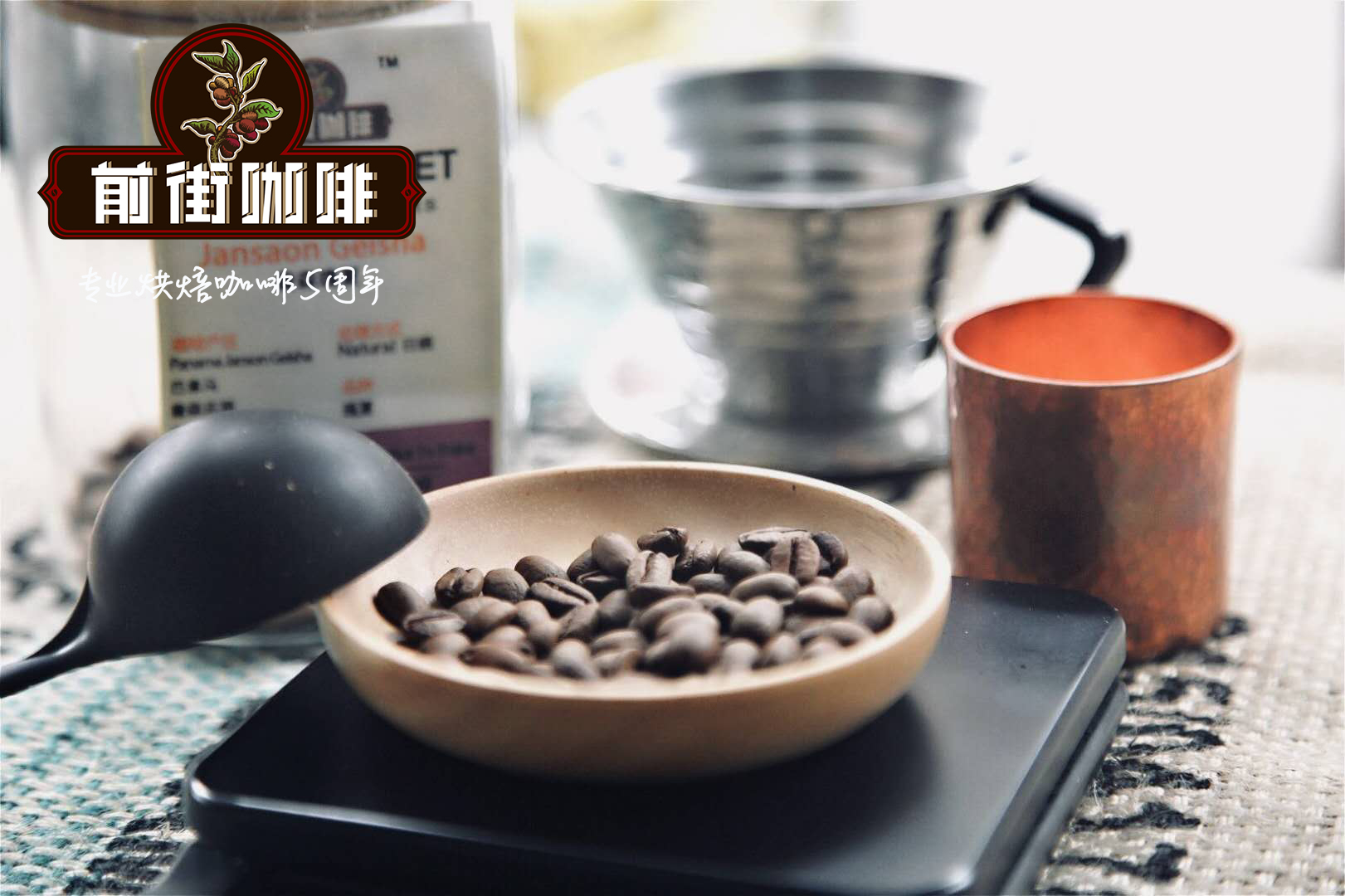
Professional coffee knowledge exchange More coffee bean information Please pay attention to coffee workshop (Weixin Official Accounts cafe_style)
When discussing baking before, I often heard people discussing the so-called explosion time and explosion temperature.
When I went home to practice, how did the result differ from what everyone said?
If your friends at the bake shop have a similar problem,
Could it be that you've made some mistakes in your choice of temperature for the beans?
Iridou
What Coffee Walker is going to say next, you may not agree with.
But this is some of our experience baking beans, just recently a friend in the discussion of this issue, so throw out for everyone to discuss
Before baking beans, we are used to recording our raw bean information
Before Coffee Walker dries beans, we record:
1. Green bean density 2. Green bean moisture content 3. Weather of the day (such as temperature, humidity, air pressure, etc.) 4. Batch quantity and number of pots, etc.
And making these records is not just blindly writing them down
In fact, we can learn the personality of this bean, and we can use this data to interpret beans and build our own database.
to determine their temperature: the temperature of the beans.
Simply put, beans with a higher density of green beans, beans with a lower temperature on the day of baking, beans with larger seeds, we would need more heat to achieve the same RoR.
So we're going to increase the temperature at which we enter the beans, and these are things that we can decide at the beginning to avoid.
Possible baking defects.
What is a baking defect?
For example: Burning on surface caused by excessive temperature of beans or
Or caused by too low a temperature
But! which is the most important thing.
Walker felt that the key to the real impact of the temperature of the beans was the baking rhythm.
A good entry temperature can help you go to heaven. With a stable fire damper, you can establish a healthy baking rhythm.
Avoid flavor variations caused by unstable parameter adjustments, such as
For more information about the effects of flavor, see this article shared by Scott Rao.
And what we're going to talk about next is what we think is the key influence of temperature.
In the coffee walker's roasting experience, high temperatures lead to faster roasting rhythms, resulting in very fast ROR spikes,
In the case of full heat engine, when you find that the temperature point is too high, adjust the firepower, basically there is a certain difficulty to change the rhythm.
If the rhythm is too fast, it may cause the internal pressure of the beans to accumulate rapidly and explode rapidly, resulting in a crash situation in ROR.
And when you crash, if you don't quickly turn down the fire and maintain the same fire heating, then there is no surprise Flick!
So much to say, of course, to experiment.
Experimental methods:
Guatemala same beans, same amount of beans
Parameters: (a) group high temperature into beans because of high temperature into beans set initial fire 20% (b) group set initial fire 50%
Damper parameters unchanged
Turn off the fire when ROR rises during development.
Development period setting>20% (assuming Flick is visible)
Different temperature of entering beans
Although the fire setting was different, we lowered the fire by 30% from high to warm, but we still couldn't save the overall baking rhythm.
The importance of the temperature of the beans can be seen; the two pictures below represent
(a)High temperature into beans
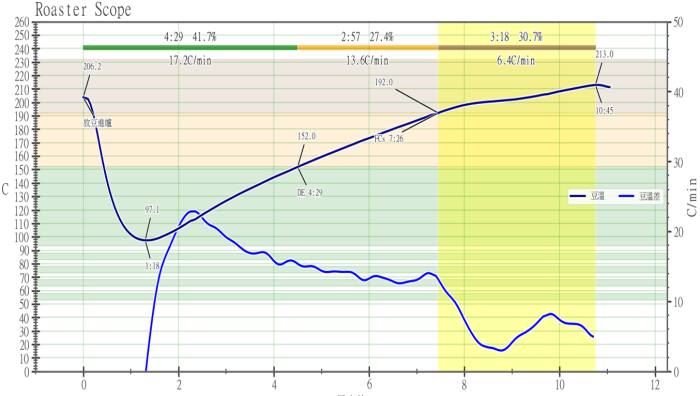
(b)Low temperature into beans
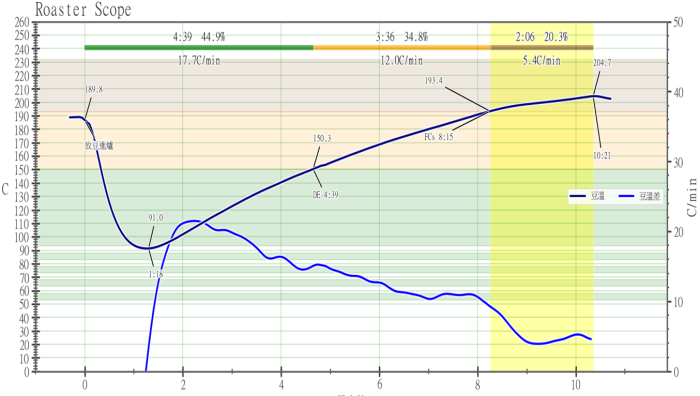
From these results, it can be inferred that if a proper temperature is selected for the beans, the overall baking rhythm will be very comfortable, and some defects can be avoided at the same time (the reaction is more obvious on the small platform baking machine). Of course, with the different baking machines, each batch size is different, and these may need to be re-verified.
Professional coffee knowledge exchange More coffee bean information Please pay attention to coffee workshop (Weixin Official Accounts cafe_style)
Important Notice :
前街咖啡 FrontStreet Coffee has moved to new addredd:
FrontStreet Coffee Address: 315,Donghua East Road,GuangZhou
Tel:020 38364473
- Prev
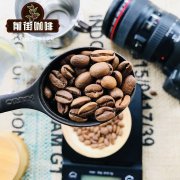
Coffee roasting-can I wash coffee and raw beans with clean water before baking beans?
Professional coffee knowledge exchange more coffee bean information Please follow the coffee workshop (official Wechat account cafe_style) has been circulating on the Internet. Before roasting coffee in Japan, people in the coffee industry will put the raw beans in a screen, put them under the faucet and rinse, then use clean towels to absorb water before roasting. It is said that this treatment can effectively reduce impurities and so on.
- Next
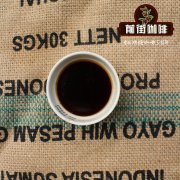
Why is coffee sour? How does the acid in coffee come from? the taste of coffee
Professional coffee knowledge exchange More coffee bean information Please pay attention to coffee workshop (Weixin Official Accounts cafe_style) How to determine whether the acidity of coffee is good or bad? Water-washed beans have higher acidity than sun-dried beans. Sun-dried beans are heavier than water-washed beans because the concentration masks the acidity of coffee. Acidity and Roasting Degree of Coffee Beverage and Roasting Method
Related
- Beginners will see the "Coffee pull flower" guide!
- What is the difference between ice blog purified milk and ordinary milk coffee?
- Why is the Philippines the largest producer of crops in Liberia?
- For coffee extraction, should the fine powder be retained?
- How does extracted espresso fill pressed powder? How much strength does it take to press the powder?
- How to make jasmine cold extract coffee? Is the jasmine + latte good?
- Will this little toy really make the coffee taste better? How does Lily Drip affect coffee extraction?
- Will the action of slapping the filter cup also affect coffee extraction?
- What's the difference between powder-to-water ratio and powder-to-liquid ratio?
- What is the Ethiopian local species? What does it have to do with Heirloom native species?

